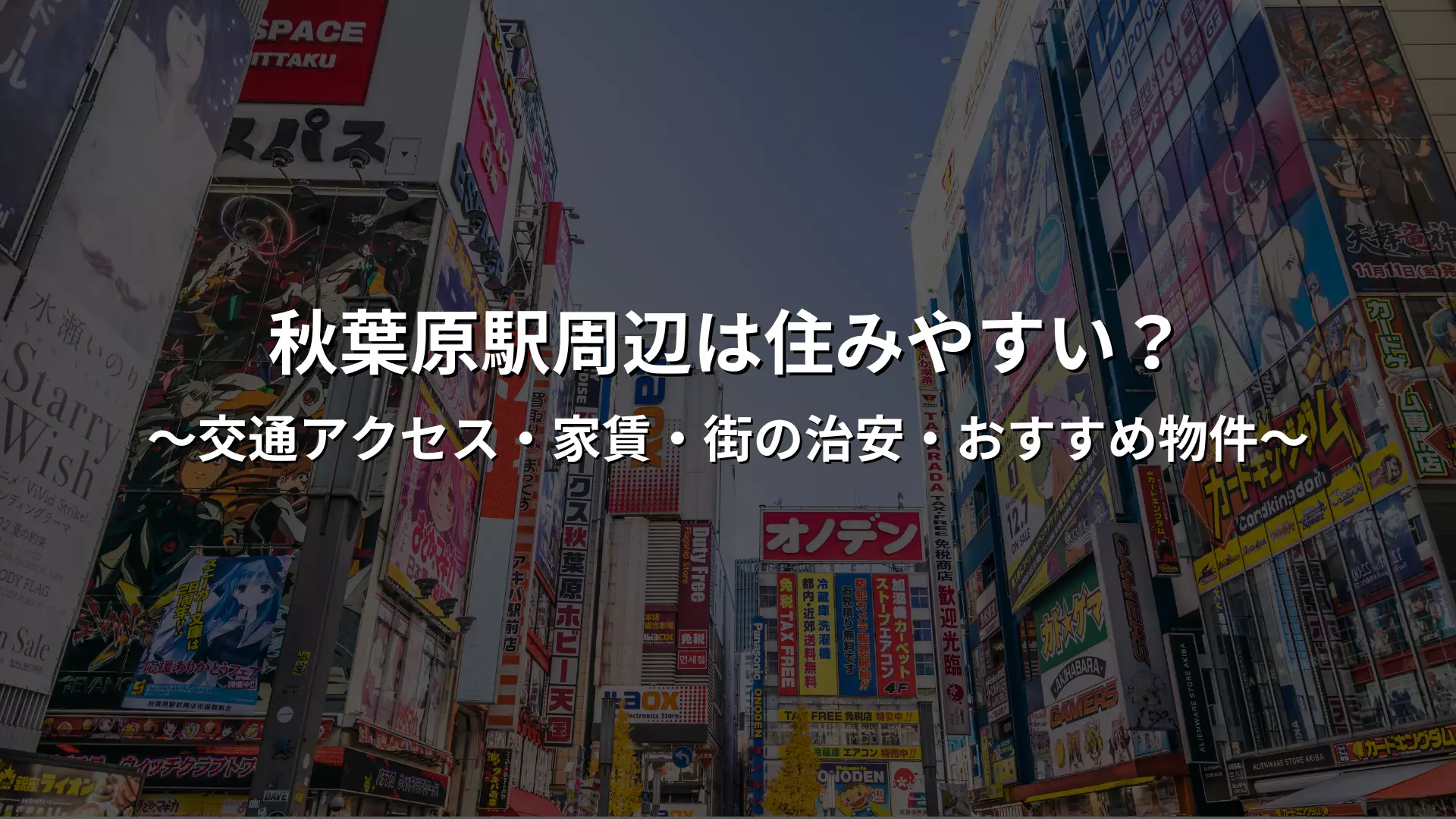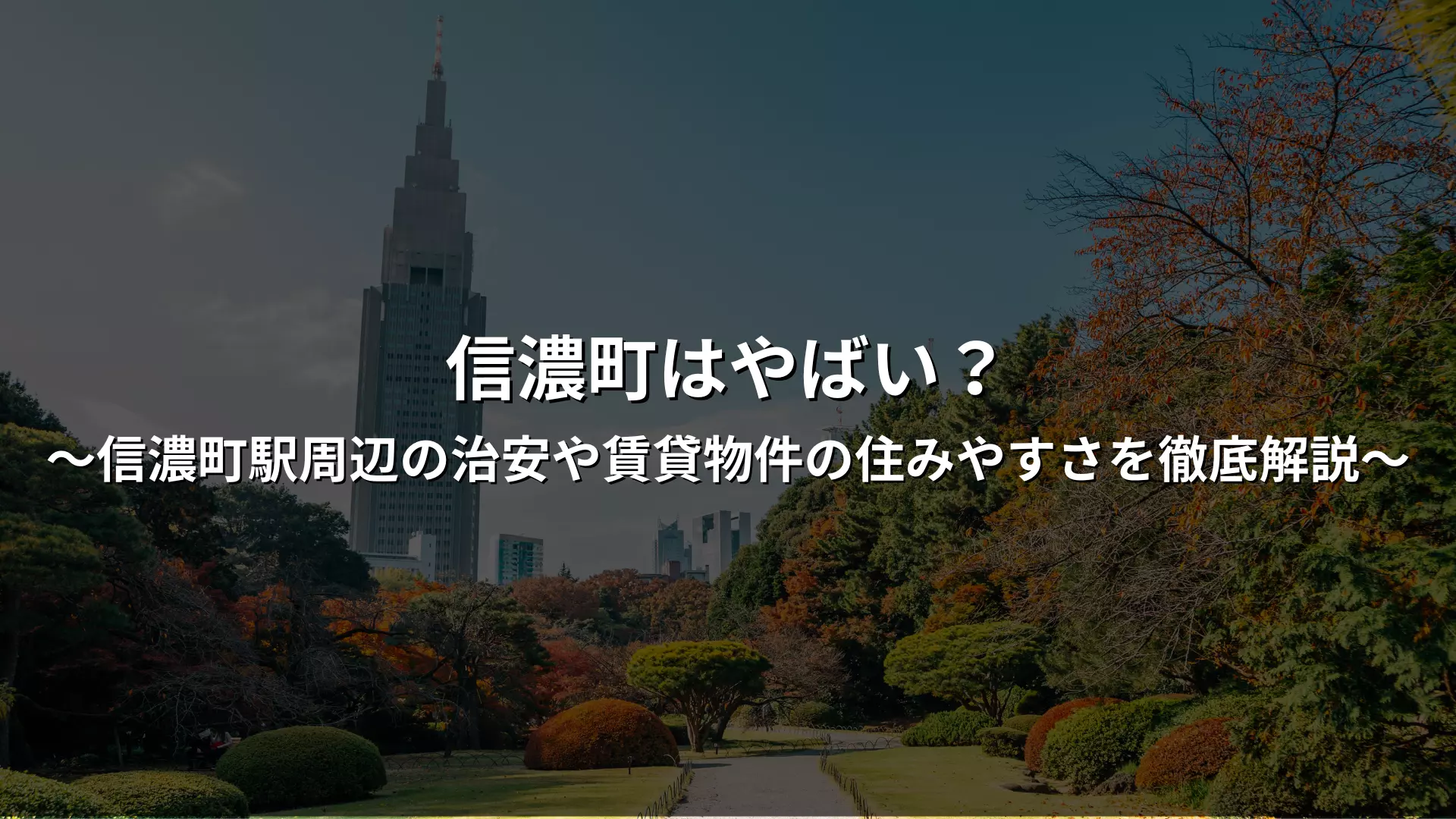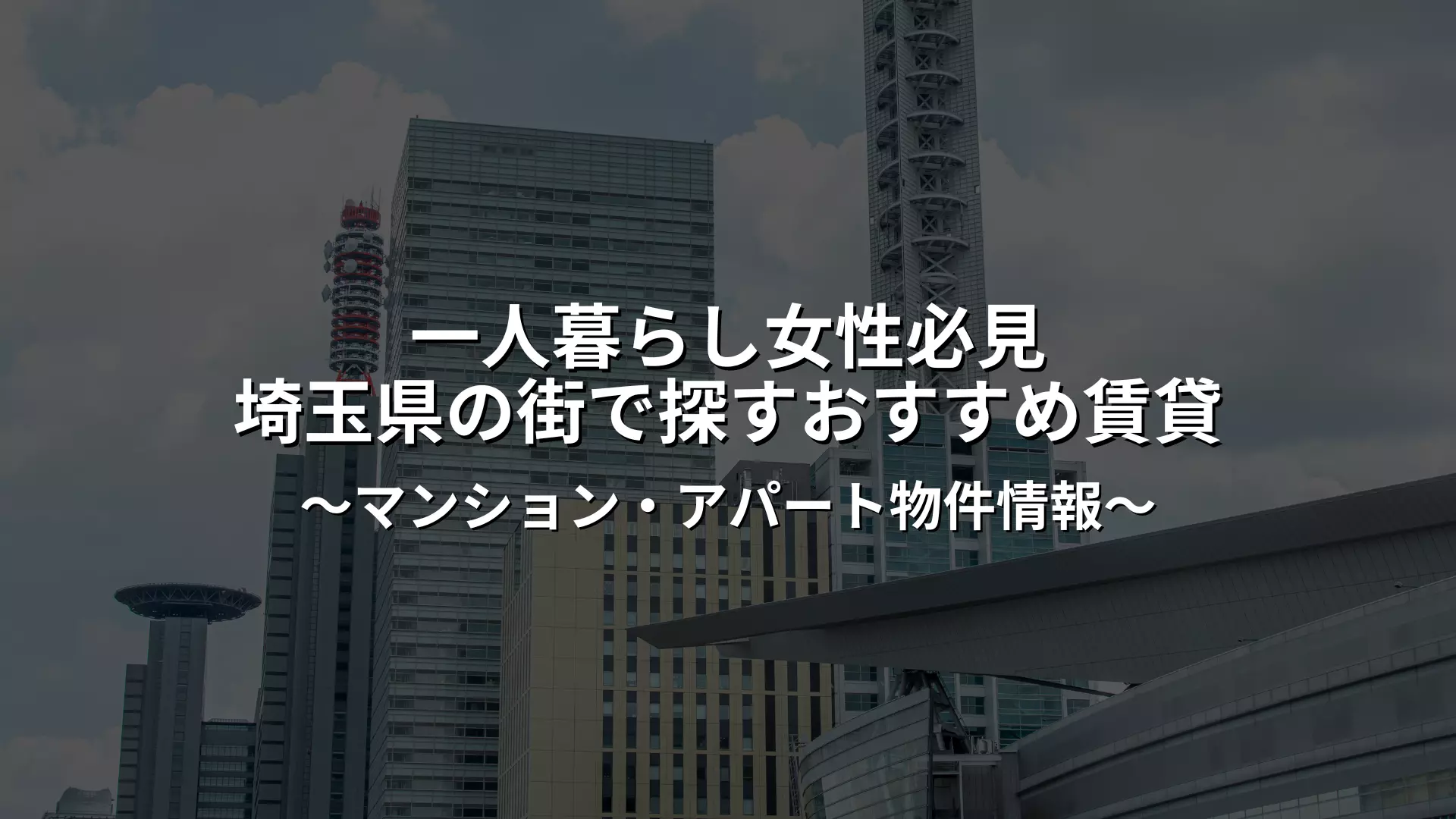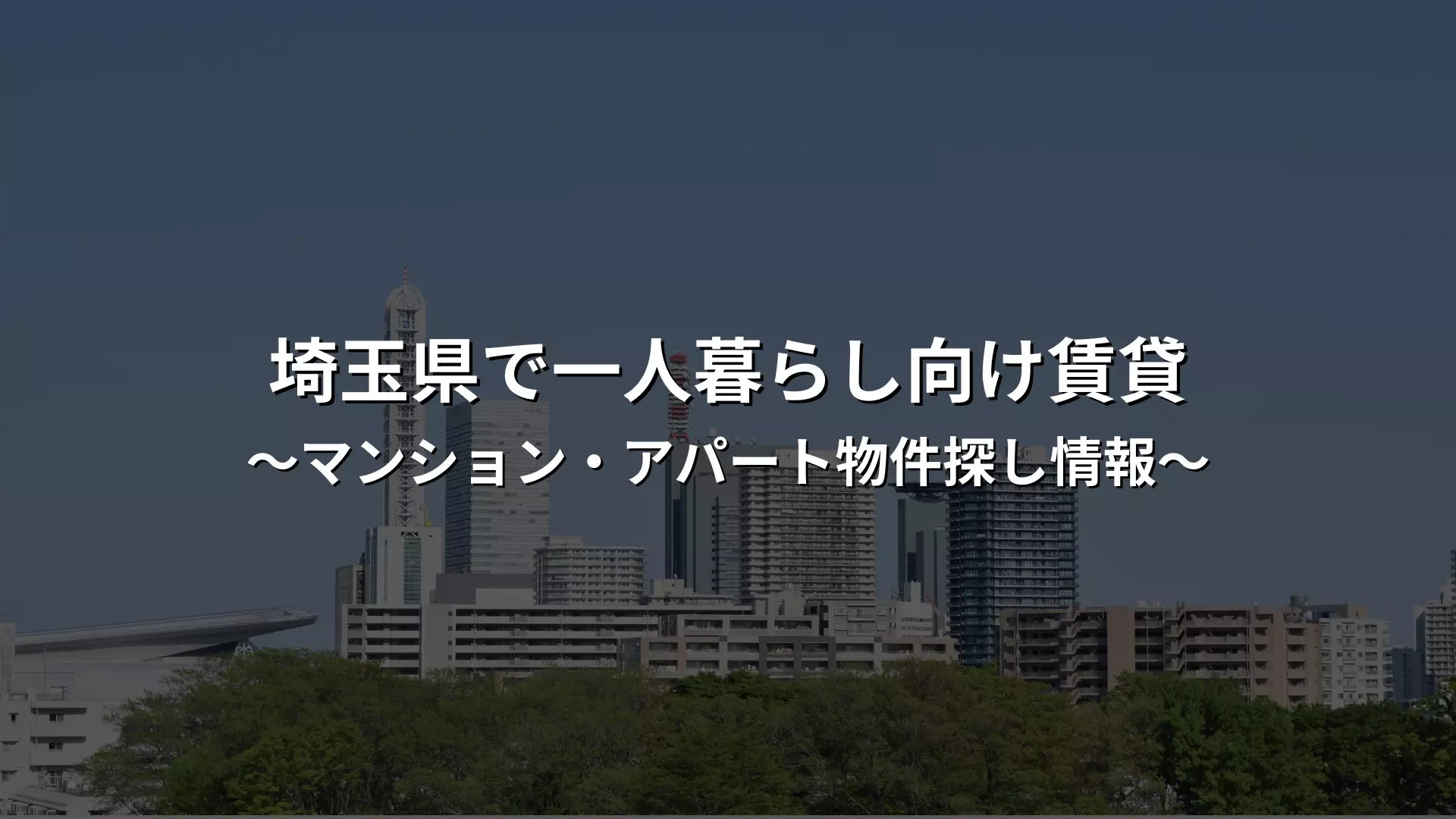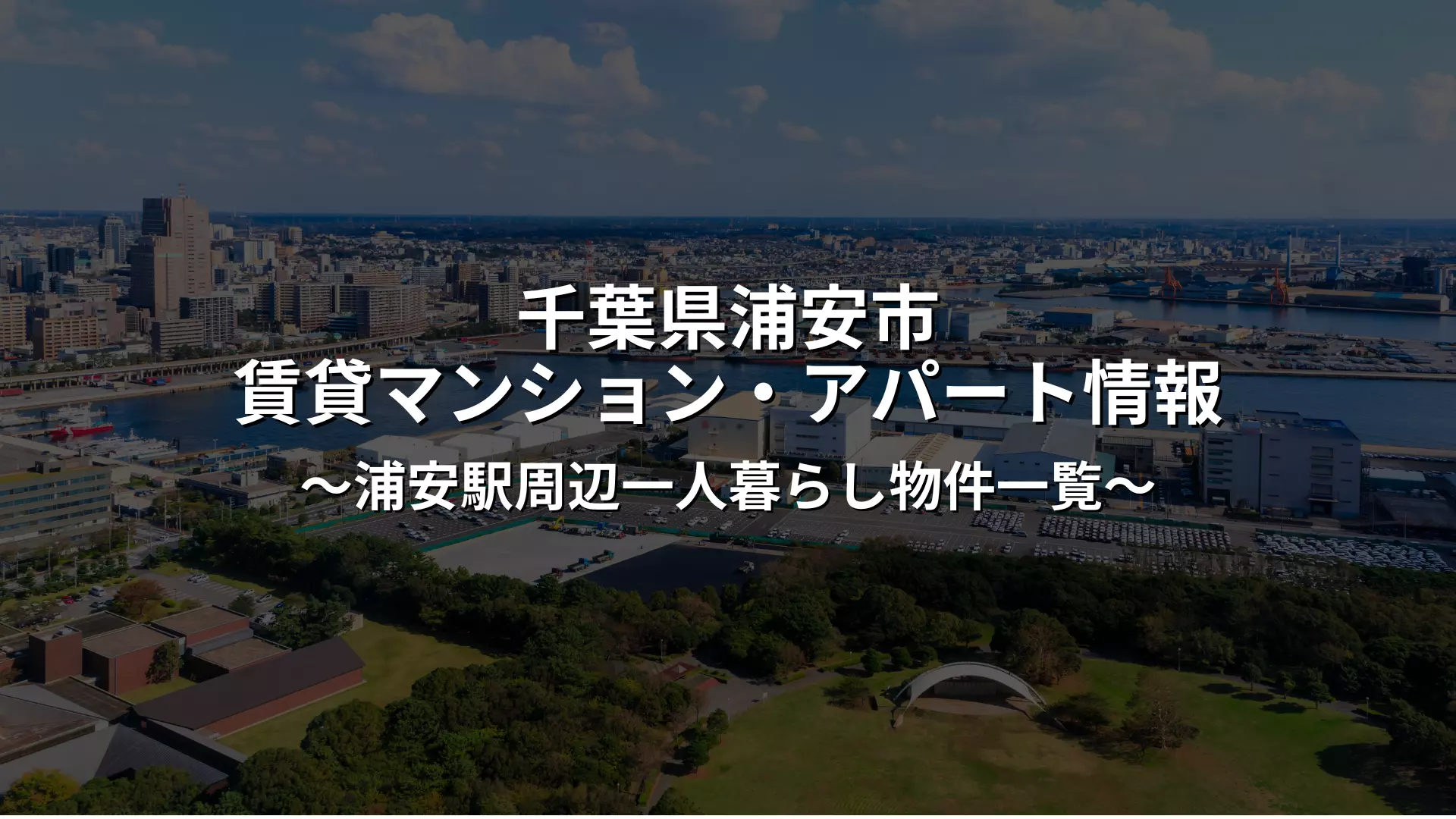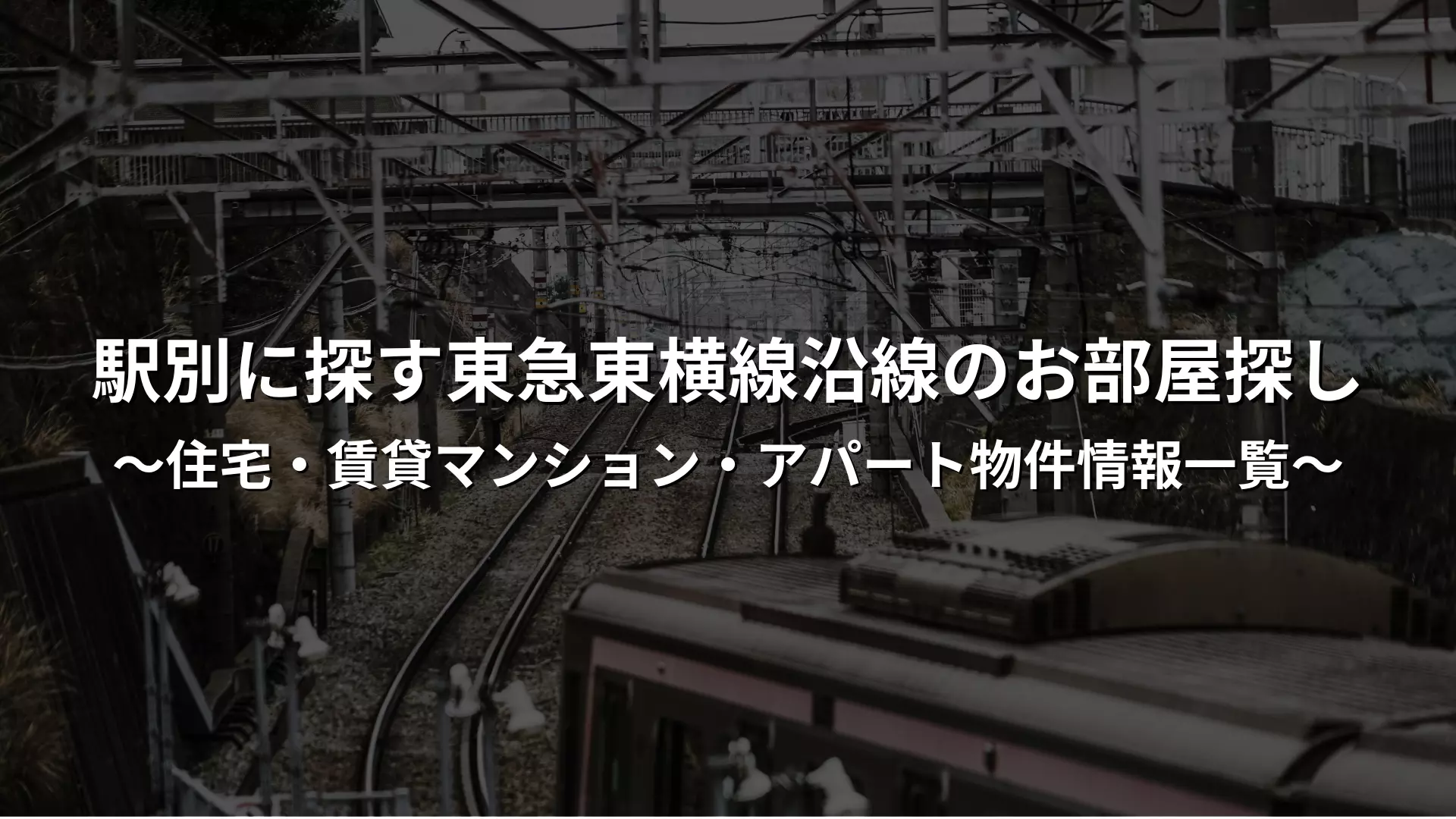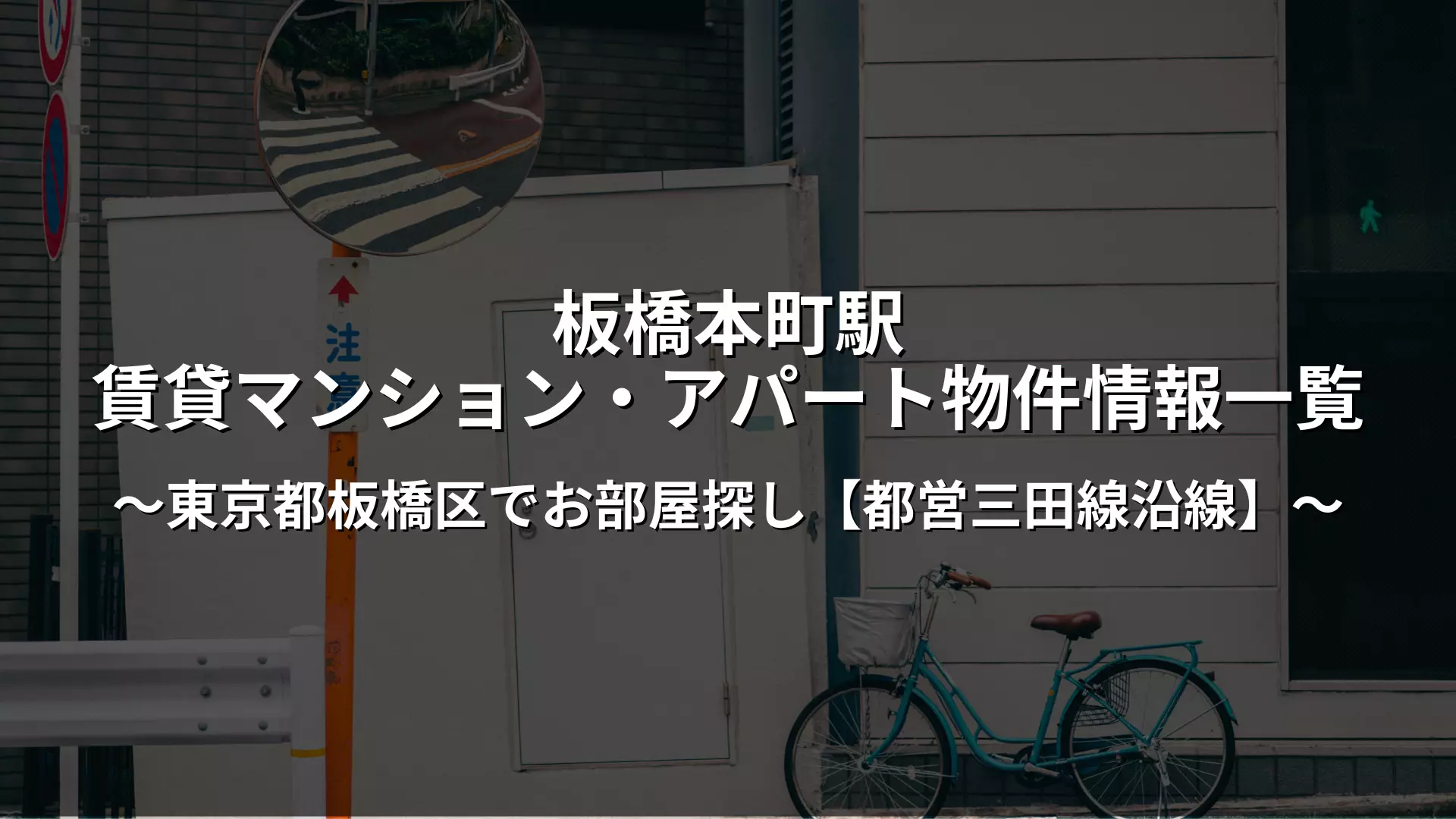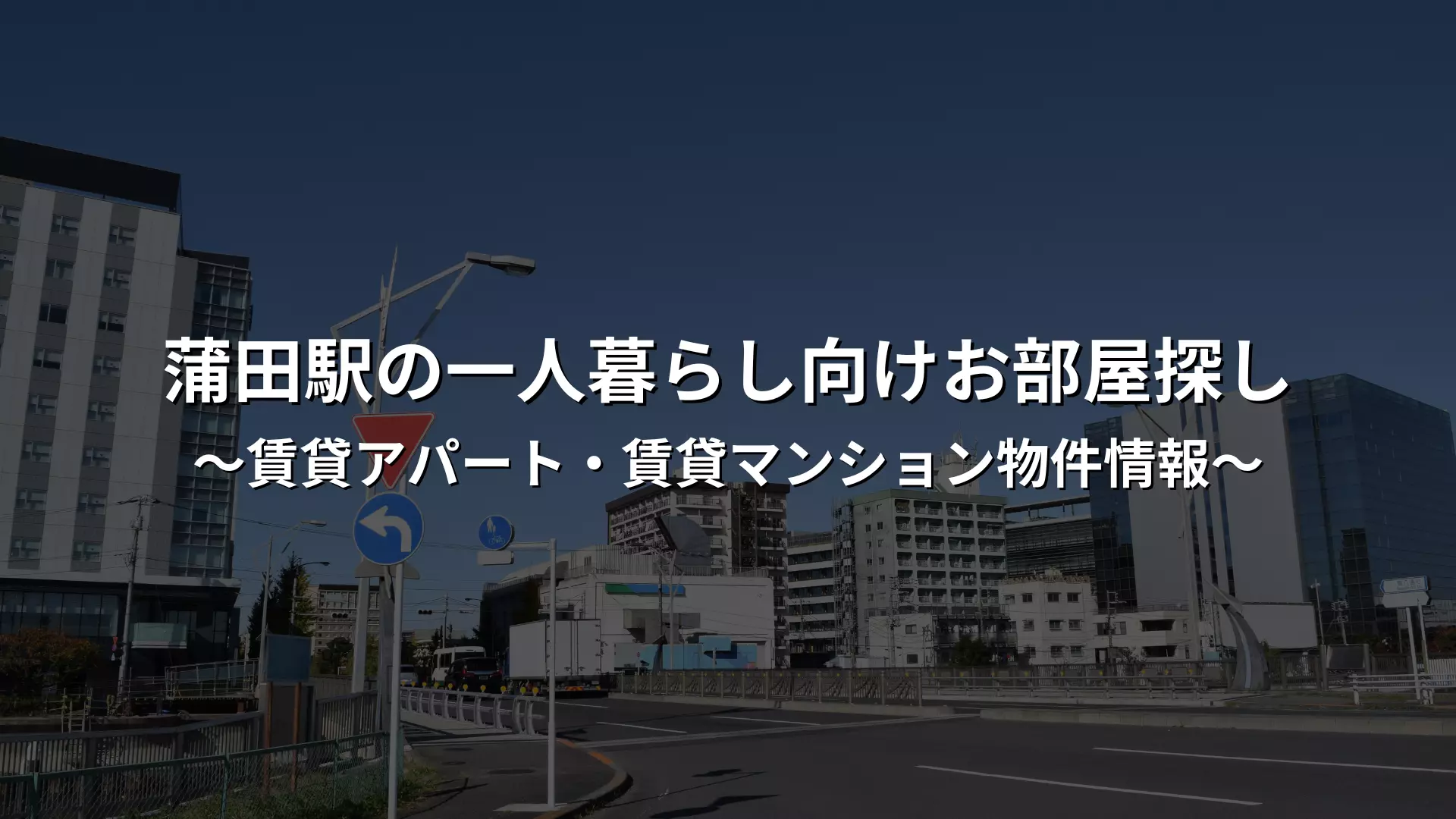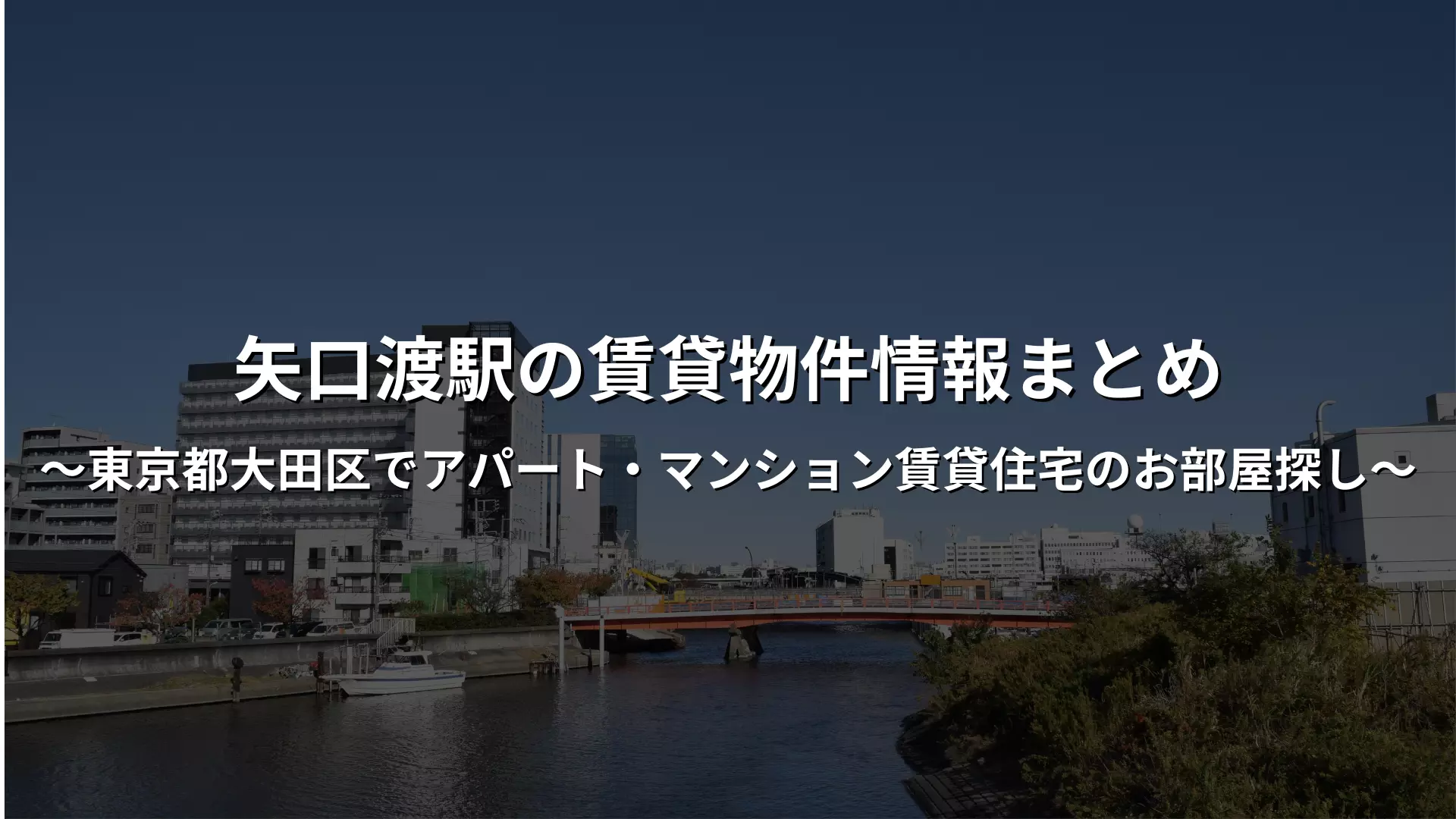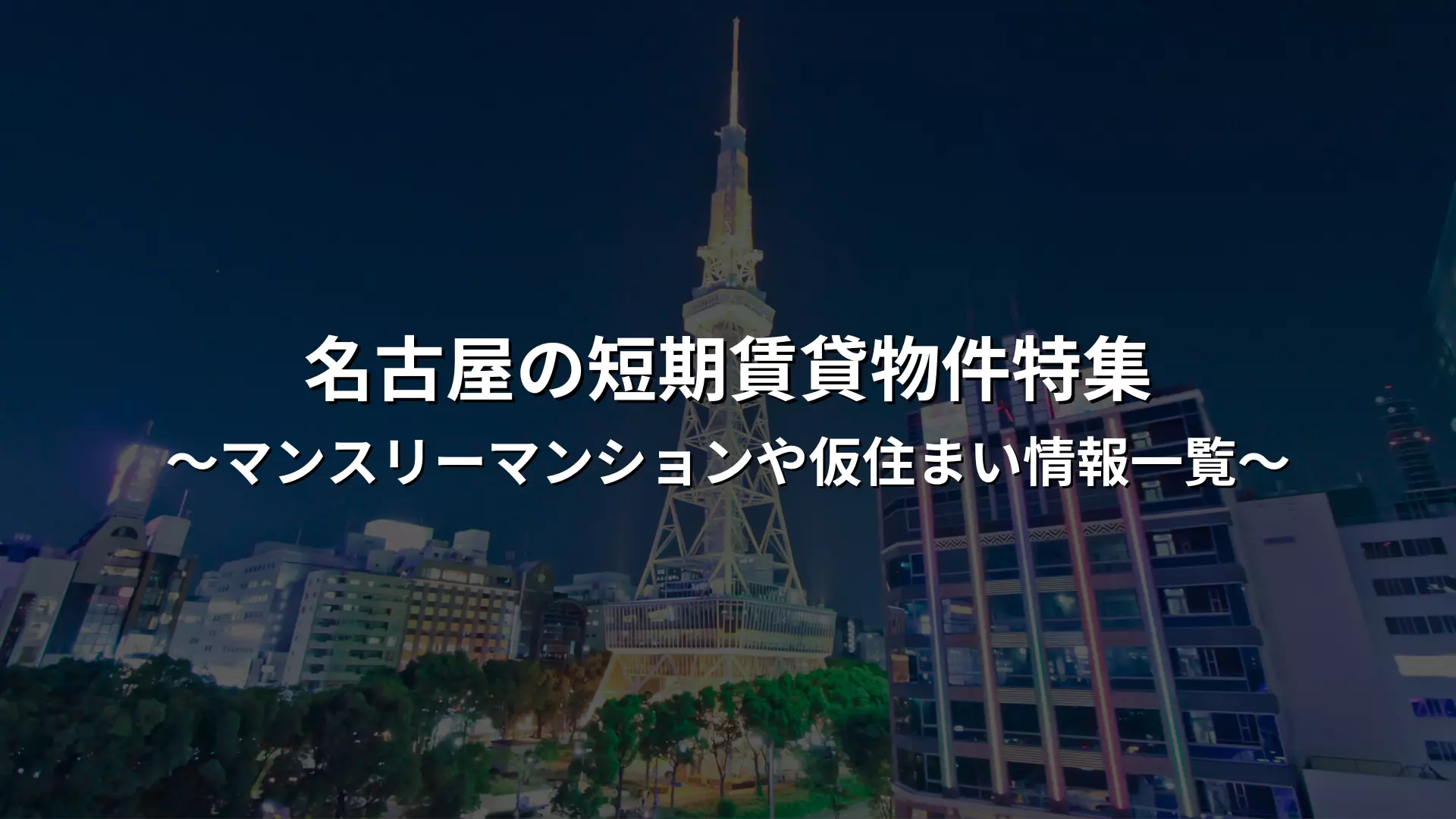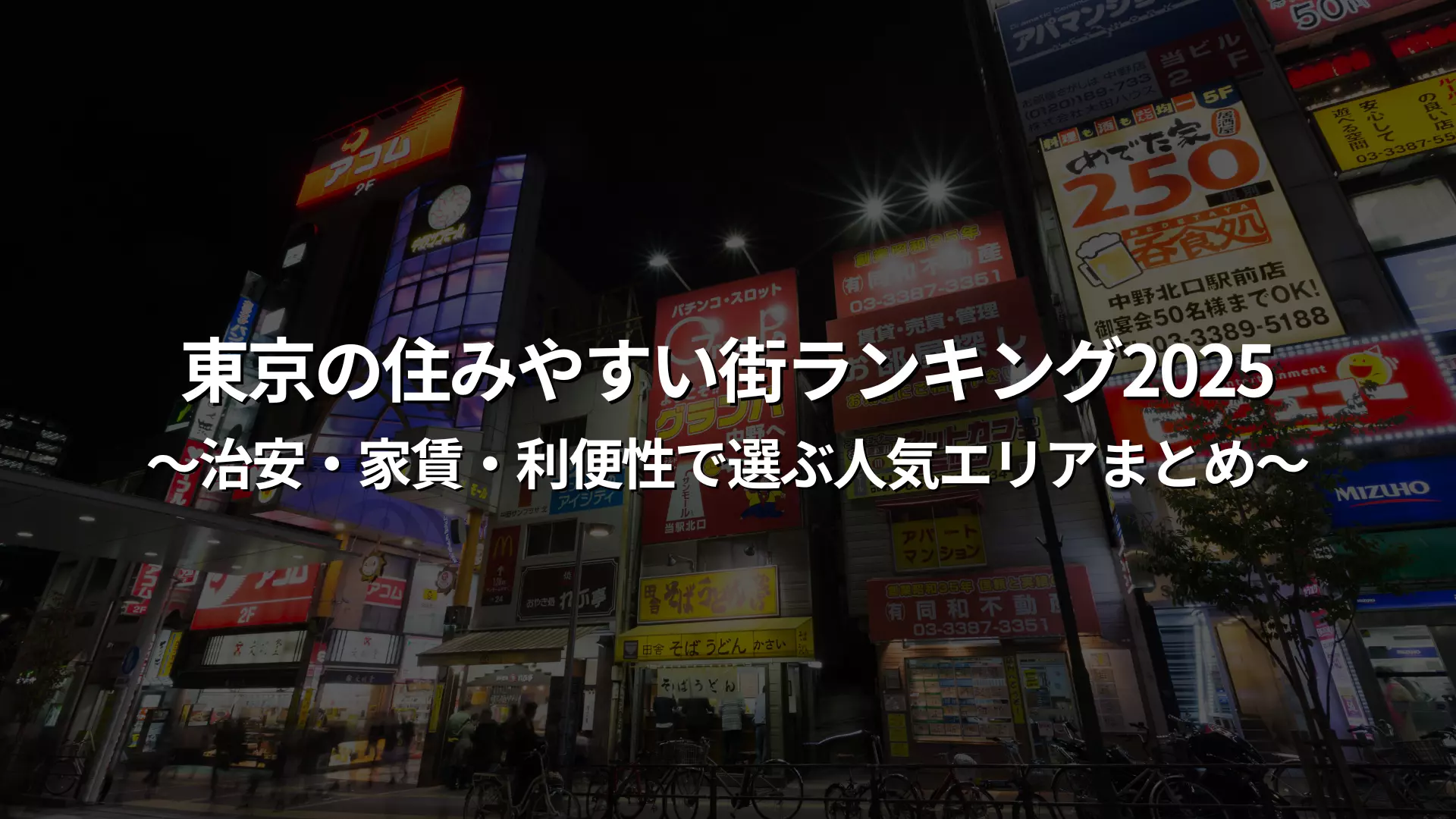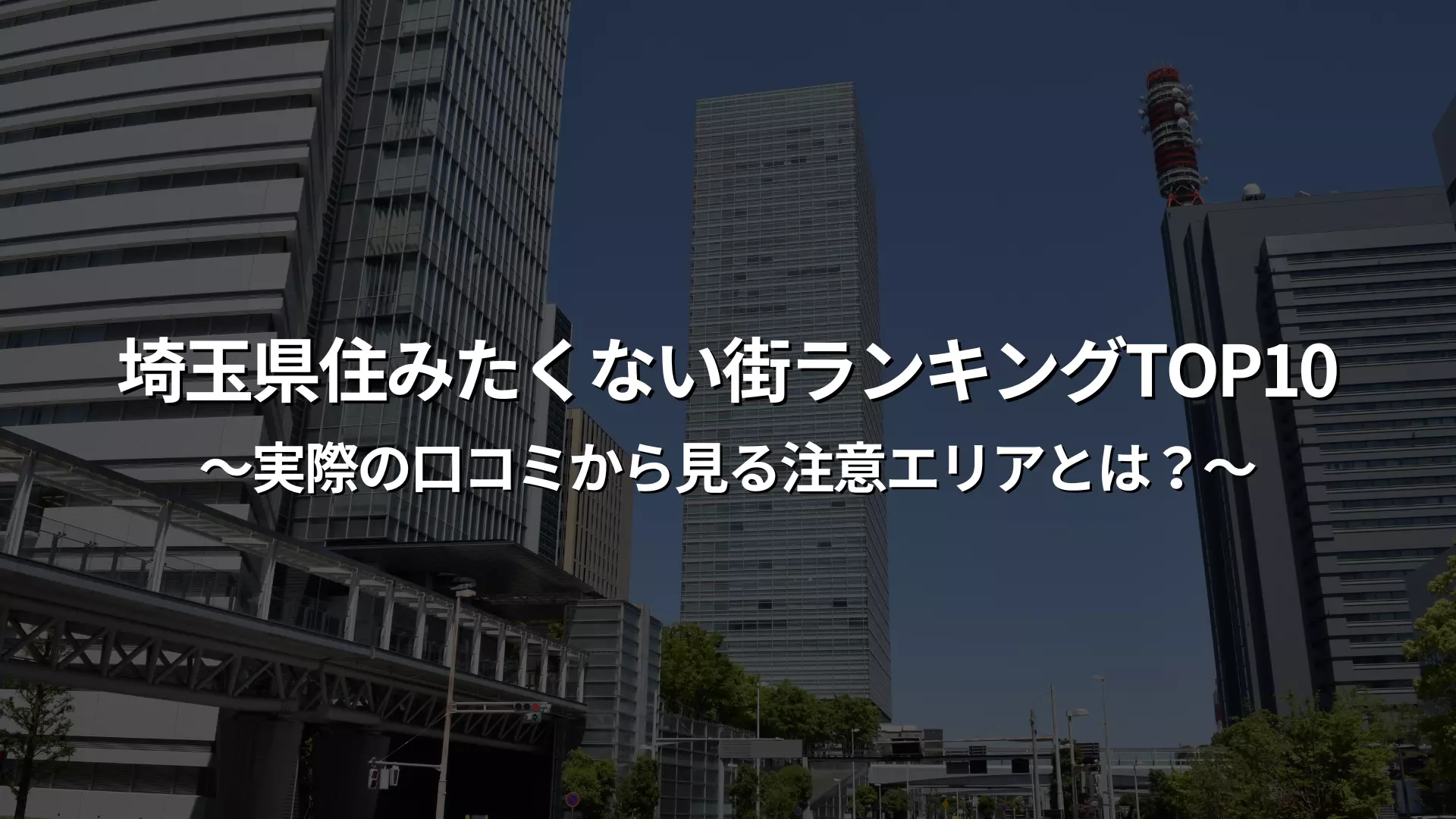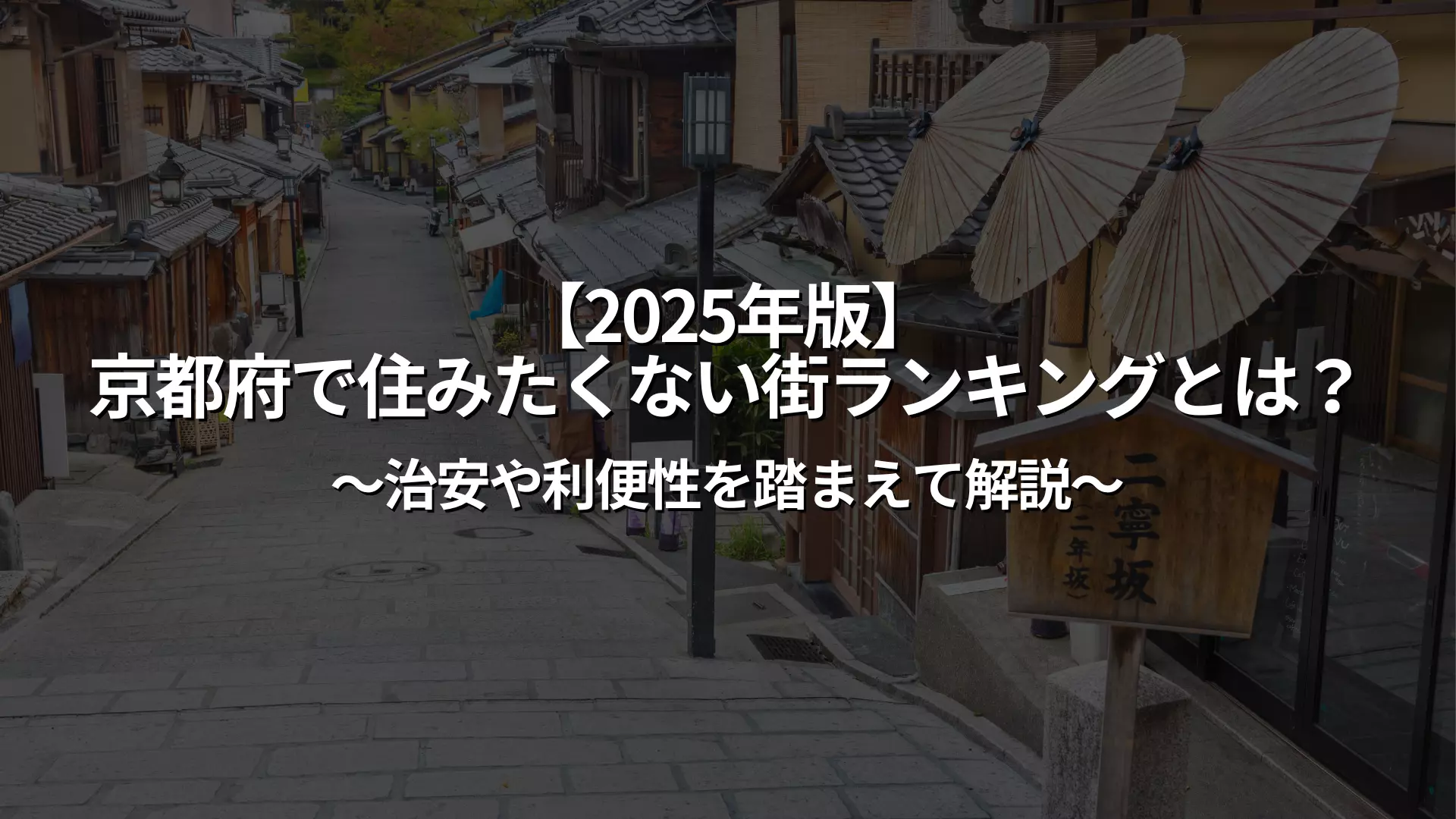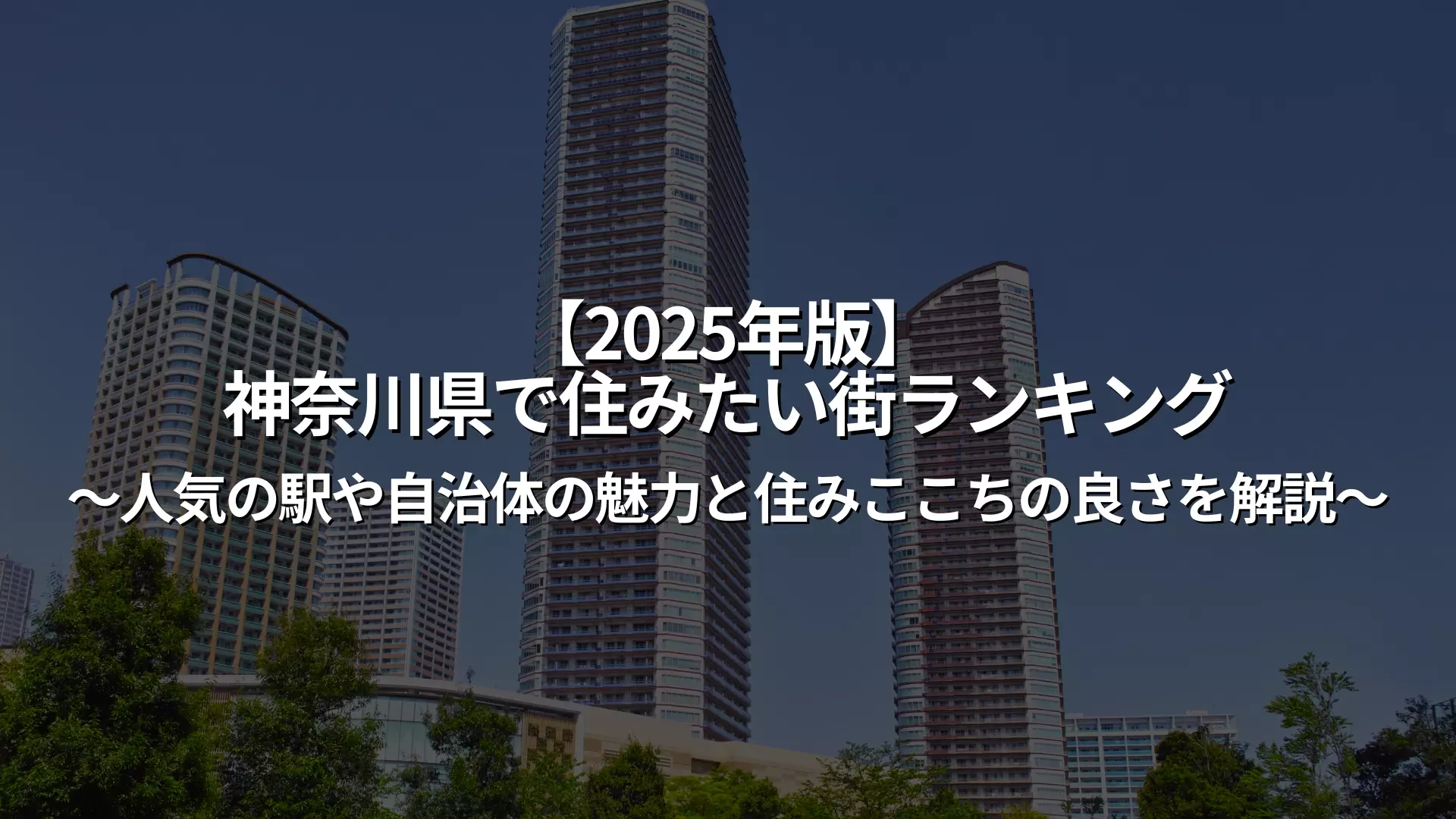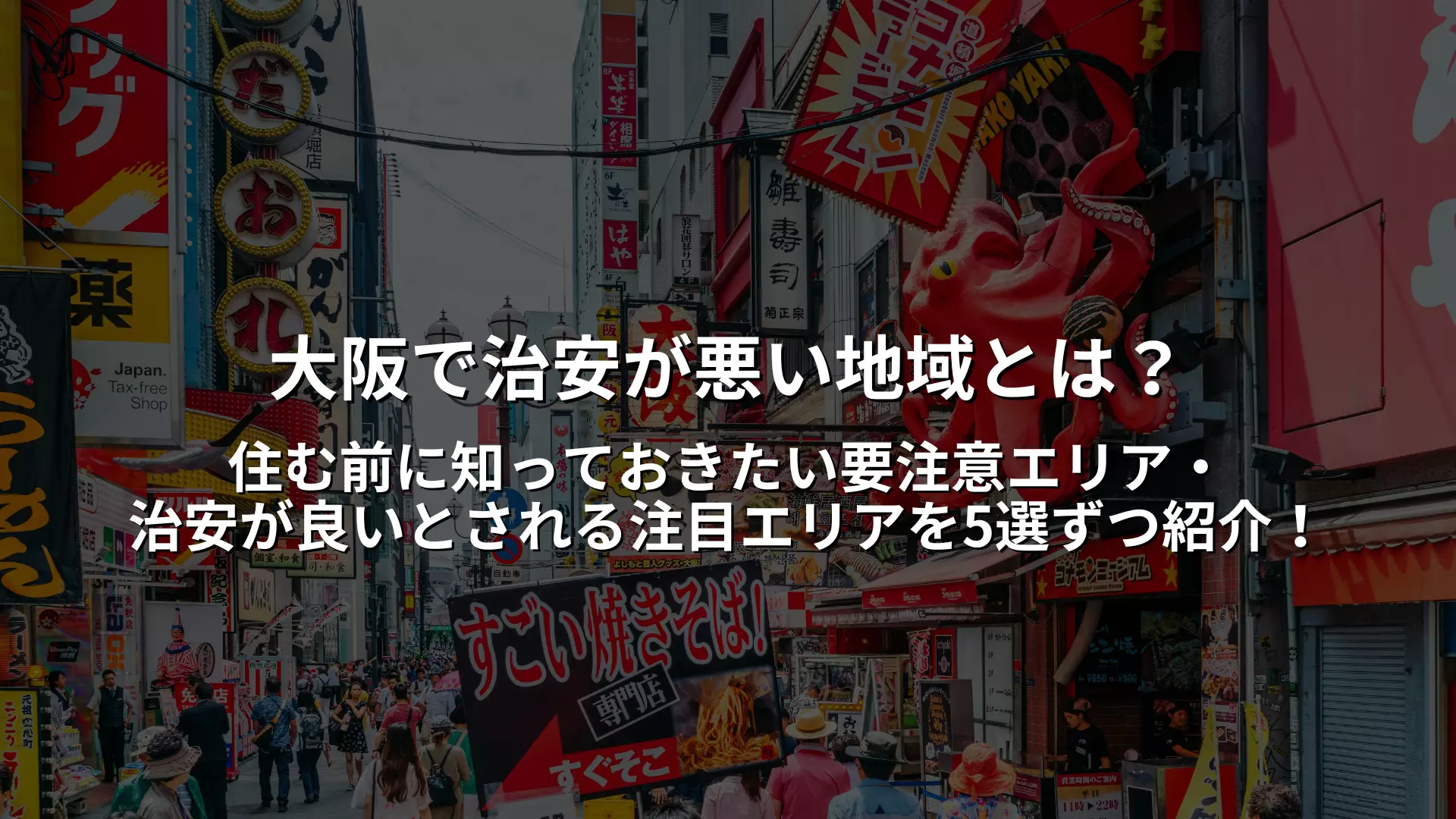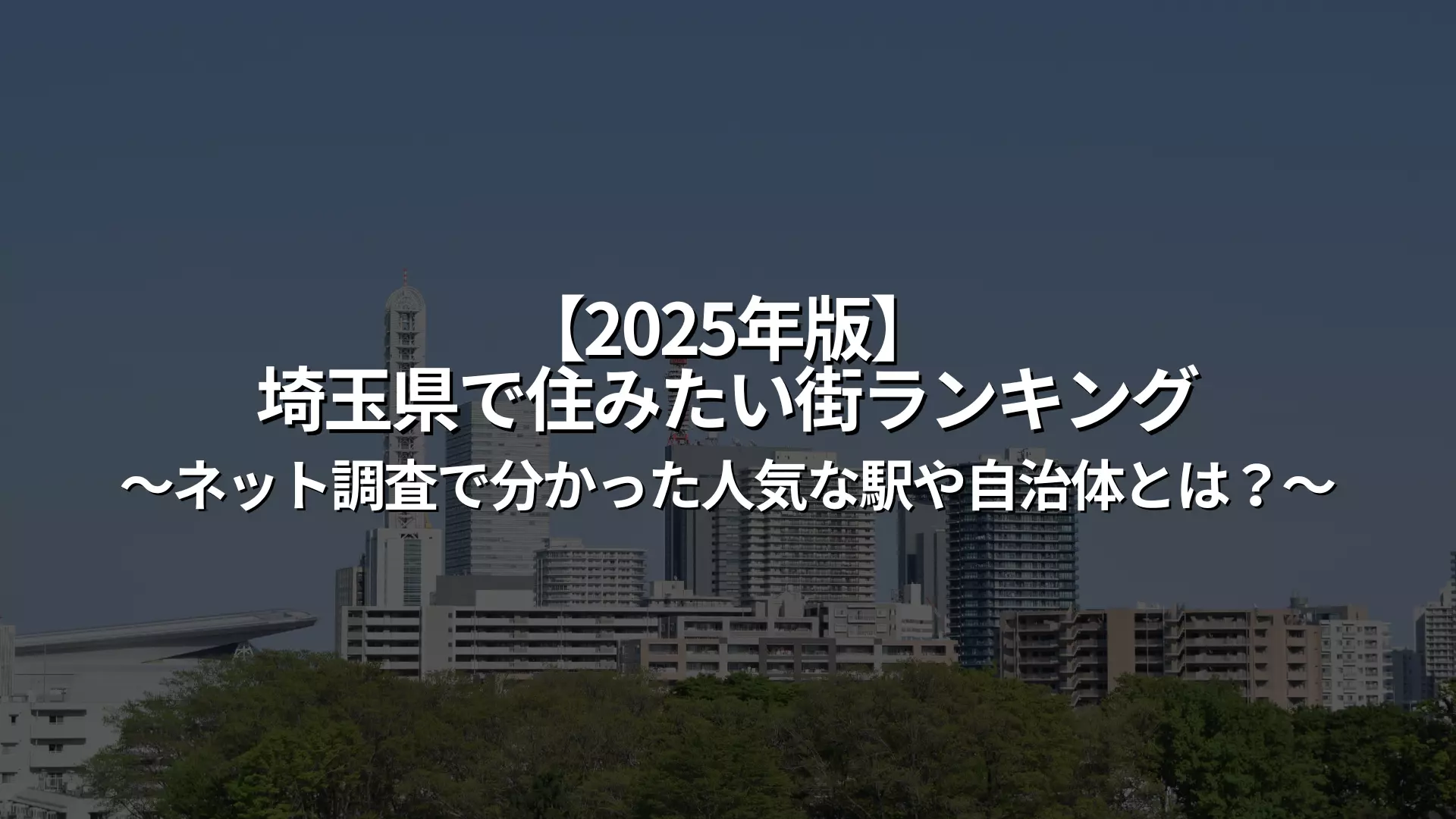Characteristics of Akihabara's livability
Akihabara in Tokyo is known nationwide as one of Japan's leading electronics districts, but in recent years it has evolved into a town where commercial facilities and residential areas coexist in a balanced way. Large electronics retailers and shopping malls line the area around the station, making it possible to do everything from everyday shopping to fulfilling one's hobbies. Furthermore, there are peaceful residential areas within walking distance, allowing for a quieter lifestyle. In addition to its convenient transportation access and lifestyle, Akihabara is also an attractive tourist destination, making it an area where you can enjoy a comfortable urban lifestyle.
Here we will explain the characteristics of Akihabara that make it easy to live in.
A convenient streetscape where commercial facilities and residential areas coexist
The area around Akihabara Station is home to a variety of commercial facilities, including large electronics retailers, anime-related shops, cafes, and restaurants. On weekends, the area is bustling with tourists and shoppers, but if you go a little further from the station, you'll find a quiet residential area where you can live a peaceful life.
There are many condominiums and apartments, especially along the Kanda River and in the Showa-dori area, and a wide range of people live there, from single people to families. Supermarkets and drugstores are also scattered within walking distance, so you won't have any trouble buying daily necessities or ingredients. It's convenient for shopping after work or on the weekends, and eating out, and Akihabara's great appeal is that it combines the convenience of city life with the comfort of living.
Current public safety situation and sense of security in daily life
Akihabara is an area with many tourists and event attendees, but there are also many police stations and police boxes, and crime prevention patrols are frequent. The areas around the station and along the main streets are particularly bright and well-lit at night, and there is a sense of security as there are many people passing by. Residential areas tend to be relatively quiet and calm, and are popular with families and women living alone.
Additionally, the crime rate is low for a downtown area in central Tokyo, thanks to the installation of security cameras and extensive security equipment in the apartment buildings. The fact that Akihabara combines the vitality of a tourist destination with the safety of a residential area is one of the major reasons why it is rated as a great place to live.
Surrounding environment that enhances the convenience of daily life
Akihabara is a major transportation hub, and is accessible via the JR Yamanote Line, Sobu Line, Tokyo Metro Hibiya Line, and Tsukuba Express, making it easy to travel to major areas of Tokyo.
Additionally, large commercial facilities such as Atre Akihabara, directly connected to the station, and Yodobashi Akiba, within walking distance, are central to daily life. There is a wide range of restaurants, from affordable chains to gourmet restaurants, making it a great environment for both those who like to eat out and those who like to cook at home. In addition, nearby areas such as Ochanomizu and Kanda are home to hospitals, schools, and public facilities, covering all aspects of daily life. The high level of convenience, with shopping, commuting, entertainment, and medical care all within walking distance, is one of the great attractions of living in Akihabara.
Access to Akihabara Station
Akihabara Station is one of Tokyo's leading transportation hubs, with JR, Tokyo Metro, and Tsukuba Express lines intersecting. Direct access to major stations in central Tokyo is available via the Yamanote Line and Sobu Rapid Line, and access to Ginza and Roppongi via the Hibiya Line and Ibaraki via the Tsukuba Express is also possible. It's a convenient location for commuting to work or school, as well as for weekend outings and travel. Access to multiple lines makes it easy to avoid crowds and shorten travel times, making the area's transportation convenience a comfortable choice for city life.
Here we will explain about transportation access.
Usable routes
Akihabara Station is served by three lines: the JR Yamanote Line, Keihin-Tohoku Line, and Sobu Line (local trains), as well as the Tokyo Metro Hibiya Line and Tsukuba Express (TX).
JR lines cover the city center from north to south and east to west, providing direct access to business areas and tourist spots. The Hibiya Line offers direct access to popular areas such as Ginza, Roppongi, and Ebisu, while the Tsukuba Express is convenient for traveling to Kita-Senju and Tsukuba. Furthermore, Iwamotocho Station on the Toei Shinjuku Line and Suehirocho Station on the Tokyo Metro Ginza Line are both within walking distance, allowing you to choose a route depending on your destination and how busy it is.
The ability to flexibly use multiple modes of transportation is a major advantage of living in Akihabara.
First and last trains ※Weekday schedule
The first train times from Akihabara Station vary depending on the line, but are as follows:
JR Yamanote Line
- Tokyo, Shinagawa, Meguro direction: First train leaves at 4:45, last train leaves at 0:42
- Ueno, Tabata, Ikebukuro: First train leaves at 4:50, last train leaves at 0:43
JR Sobu Line
- To Chiba: First train leaves at 4:31, last train leaves at 0:28
- Towards Mitaka: First train departs at 5:02, last train departs at 0:34
JR Keihin-Tohoku and Negishi lines
- Towards Omiya: First train leaves at 4:49, last train leaves at 0:47
- Towards Ofuna: First train leaves at 4:36, last train leaves at 0:28
Tokyo Metro Hibiya Line
- Towards Kita-Senju: First train departs at 5:17, last train departs at 0:19
- To Nakameguro: First train leaves at 5:12, last train leaves at 0:04
Tsukuba Express
- Towards Tsukuba: First train leaves at 5:08, last train leaves at 0:07
With multiple lines available, even if you miss the last train, you'll likely be able to take a detour home, which is reassuring for people who stay out late or have irregular work hours.
Travel time to major stations
Akihabara Station provides very smooth access to major stations in Tokyo.
- It takes about 4 minutes to Tokyo Station on the JR Yamanote Line.
- Approximately 17 minutes to Shinjuku Station
- Arrives at Shibuya Station in approximately 27 minutes
- Approximately 10 minutes to Ginza on the Hibiya Line
- Approximately 19 minutes to Roppongi, a convenient distance for business and shopping
- It takes about 2 minutes to Ochanomizu if you take the Sobu Line local train.
- It takes about 8 minutes to get to Kinshicho, so you can easily get to nearby areas.
- It takes about 10 minutes to Kita-Senju by Tsukuba Express
- The shortest route to Tsukuba is 45 minutes, and the line covers a wide area from the city center to the suburbs
This overwhelming convenience is one of the main reasons to choose Akihabara as your base of residence.
Search for a room
Only furnished properties with appliances are listed!
Average rent
Akihabara is located in the center of Tokyo, so average rents are a little higher than in other parts of the city, but when you consider the convenience and living environment, it's a reasonable price. There are many new and recently built apartments and designer properties around the station, offering a wide range of options for both singles and families. It's also possible to keep rents down by moving a little further out of the area. For those who prioritize transportation access and convenience, this is an area that offers a good balance of cost and value.
Here we will tell you about the average rent for each property.
Average rent for single-person rentals
The average rent for a single-person apartment (studio, 1K, 1DK) around Akihabara Station is roughly 80,000 to 110,000 yen per month.
Newly built or recently constructed properties within a five-minute walk from the station can cost over 120,000 yen, but they come with excellent security and interior facilities, allowing for a safe and comfortable life. Properties that are 10 years old or older and more than a ten-minute walk from the station can be found for between 70,000 and 80,000 yen, helping to keep costs down.
Additionally, choosing a shared house or furnished rental can significantly reduce initial costs, making it popular with students and new employees. Akihabara is an ideal living environment for those who want to shorten their commute to work or school in the city center, or for those who enjoy staying out late into the night.
Average rent for family-friendly apartments
The average rent for family-oriented properties (2LDK to 3LDK) around Akihabara Station is generally around 180,000 to 250,000 yen per month. Newly built apartments and tower apartments can cost over 300,000 yen, but they are attractive because of the latest security equipment, luxurious shared facilities, and convenient locations.
On the other hand, older apartments and properties located more than 10 minutes' walk from the station can be found for as little as 150,000 yen. For families with children, it is a good idea to consider the distance to nearby elementary schools, nurseries, and hospitals when choosing a property.
There are large commercial facilities, supermarkets, and parks in the surrounding area, making it easy to enjoy shopping and leisure activities on the weekends. Although rent is on the higher side, the area offers a convenient living environment despite being in the city center, making it popular with families who value convenience.
Information about the area around the station
The area around Akihabara Station is highly convenient, with everything from shopping for daily necessities to dining out and entertainment within walking distance. There are plenty of supermarkets and drugstores, as well as large commercial facilities and specialty shops, to support your daily life comfortably. There is also a wide variety of restaurants, from reasonable chains to high-end restaurants, so you have plenty of food options. Furthermore, amusement facilities and tourist spots are nearby, making the area an attractive place where you can balance the everyday with the extraordinary.
Here we will provide you with information about the environment around the station.
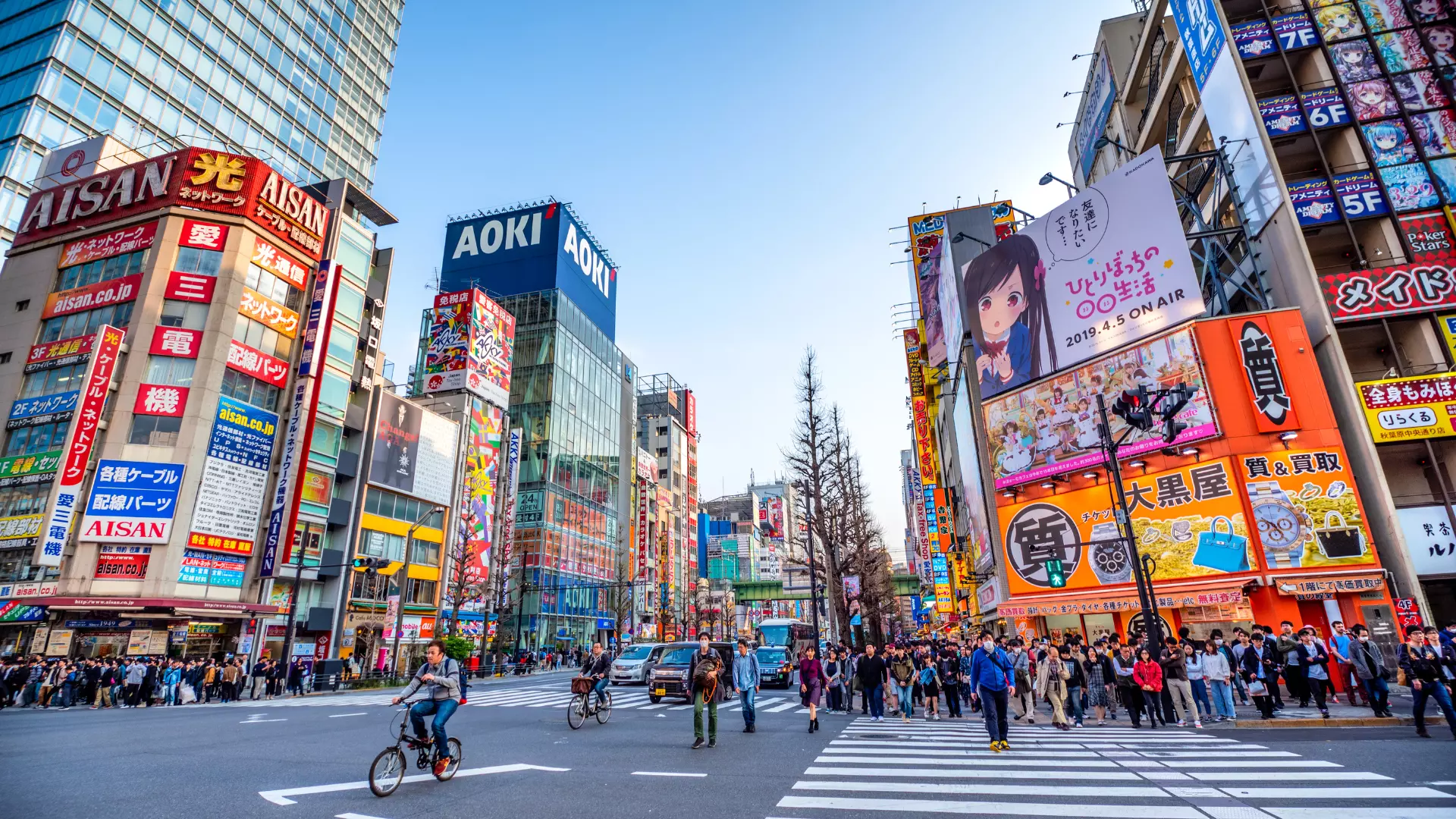
Supermarket Information
There are several supermarkets around Akihabara Station that can help you with your daily shopping.
To give a representative example:
- "Seijo Ishii Atre Akihabara Store"
- "Life Kanda Izumicho Store"
It is popular among those who like to cook at home, as it stocks a wide range of ingredients and imported foods. Also, mid-sized supermarkets such as "My Basket" and "Peacock Store" are within walking distance, making it easy to stop by on your way home from work. There are also many drugstores and convenience stores near the station, some of which are open 24 hours.
It's extremely convenient for busy business people and those living alone, as you can get everything from daily necessities to food in a short amount of time. There's a wide range of prices, so you can shop to suit your lifestyle, from those who prioritize budget to those who prioritize quality.
Restaurant information
Akihabara has a huge variety of restaurants, catering to everything from everyday meals to special occasions. While there are many affordable chain restaurants, fast food restaurants, ramen shops, curry restaurants, and other places that are easy for solo diners to visit, there are also plenty of Italian and French restaurants, making it a city that will satisfy even the most gourmet.
Akihabara's unique maid cafes and concept cafes are also popular, with many people enjoying them as a way to relax on their days off. Many establishments around the station are open late into the night, so you won't have any trouble finding a meal after work or an event. The fact that Akihabara has an environment that can accommodate both dining out and cooking at home is one of the great benefits of living there.
Amusement & Leisure Information
Akihabara is not only an electronics district and a hub of otaku culture, but also an area with a wide range of amusement facilities. With a wide variety of facilities where you can indulge in your hobbies, such as game centers, anime-related shops, and figure shops, you'll have no trouble finding something to do on your days off.
Yodobashi Akiba is a large-scale shopping complex that combines electronics, general merchandise, and restaurants, making it popular with families and couples. Furthermore, Kanda and Ochanomizu are within walking distance, and there are sports gyms and bouldering facilities, making it ideal for health-conscious people.
One of Akihabara's unique charms is that tourist spots and residential areas are adjacent to each other, allowing you to enjoy entertainment as an extension of your daily life.
Search for a room
Only furnished properties with appliances are listed!
The history of Akihabara
Akihabara began as a black market after the war and grew rapidly as a sales hub for electrical appliances and electronic parts. During the period of rapid economic growth, it became known nationwide as "electricity town" and became a town where professionals and hobbyists gathered. Later, as computer, game and anime culture spread, it transformed into a center of otaku culture. Today, it is a popular tourist destination both in Japan and overseas, and is an area with a unique history where commerce and culture blend together.
Here we will introduce the history of Akihabara.
How it developed into an electronics district
Akihabara's history as an electronics district dates back to the postwar black market sales of radio parts. In the 1950s, small electronics stores gathered and it developed into a shopping district selling home appliances and electronic parts. During the period of rapid economic growth, people from all over the country visited the area in search of the latest home appliances such as color televisions, stereos, and VCRs.
The PC boom of the 1970s and 1980s saw Akihabara establish itself as a mecca for PC parts and software. The expertise and diverse collection of stores cultivated during this period form the cultural foundation of Akihabara today. The Electric Town is more than just a commercial area; it continues to attract people as a crossroads between technology and hobbies.
Otaku culture and its development as a tourist destination
From the late 1990s to the 2000s, Akihabara became known nationwide as a "holy land for otaku," a place where subcultures such as anime, games, and doujinshi were concentrated. Maid cafes, cosplay events, and figure shops began to appear one after another, transforming the area into a tourist spot visited by many fans from both Japan and abroad. "AKIHABARA" is also introduced in overseas travel guides and on social media, and the area has become established as a city symbolizing Japanese culture.
Furthermore, in addition to electronics and PC parts, cafes, restaurants, duty-free shops and more have increased, evolving into an area that meets a variety of tourist needs. Today, Akihabara has three faces: an electronics district, a nerd culture, and a tourist destination, making it a one-of-a-kind town loved by a wide range of people.
Recommended properties near Akihabara Station
Akihabara Station is conveniently located for both transportation and daily life, making it a great place for those working or studying in the city. The surrounding area offers a wide range of properties with a variety of conditions, including furnished, appliance-free, no security deposit or key money required, and shared housing, making it suitable for everyone, from those living alone for the first time to those transferring for work.
Here we will introduce four recommended properties that are easily accessible from Akihabara Station and have excellent facilities and environments.
Cross Ueno 1
" Cross Ueno 1 " is a fully furnished shared house located a 5-minute walk from Ueno Station, which is 2-3 train stops from Akihabara Station. No deposit or key money is required, ideal for those looking to keep initial costs down, and Wi-Fi and daily necessities are provided. The shared spaces are clean, and residents can enjoy interacting with each other. There are also "semi-private" and "private" room types. Rent ranges from 31,000 to 33,000 yen.
It is also close to Ueno Station and Okachimachi Station, and using JR and Tokyo Metro makes access to major areas of Tokyo very smooth. There are supermarkets, convenience stores, and restaurants in the surrounding area, making it extremely convenient for everyday life. It is especially ideal for short-term stays or temporary housing after moving to Tokyo.
Cross Yotsuya 1
" Cross Yotsuya 1 " is a fully furnished shared house located in Shinjuku Ward, conveniently located about 10 minutes from Akihabara on the JR Chuo Line and Sobu Line. Yotsuya Station is a major transportation hub where JR and Tokyo Metro Namboku Line and Marunouchi Line intersect, allowing for smooth travel to business districts and various parts of the city center. While the area around the property is a quiet residential area, it is also home to a wide range of supermarkets, restaurants, and cafes, allowing for both comfort and convenience in daily life.
The rent is kept low at 41,000 to 53,000 yen due to the shared house format, and there are plans that include utility fees, making it cost-effective. There are also rooms that prioritize security, making it a safe and secure environment to live in.
Nisshin Palace Stage Okachimachi 303
" Nichishin Palace Stage Okachimachi 303 " is a fully furnished rental apartment in the Okachimachi area, within walking distance of Akihabara Station. It is equipped with security features such as an auto-lock and delivery boxes, making it safe for single people and women living alone. The apartment is also equipped with a unit bath, refrigerator, washing machine, and a system kitchen, ensuring a comfortable living environment.
Okachimachi Station and Naka-Okachimachi Station are also accessible, allowing for flexible travel by combining JR, Tokyo Metro, and Toei lines. The Ameyoko shopping district, supermarkets, and drugstores are located nearby, making for an excellent shopping environment. This apartment is recommended for those seeking a safe and comfortable life in the city center.
Matsugaya Domir 502
Matsugaya Domire 502 is a fully furnished apartment located in the Matsugaya area of Taito Ward, close to Asakusa and Ueno. Akihabara Station is also accessible by bicycle or bus. While located in a quiet residential area, there are supermarkets, convenience stores, and restaurants nearby, making it a very convenient place to live.
The interior is based on white, has a spacious layout, and is well-lit. It is a living space suitable for single people as well as those who work from home. Safety is also taken into consideration, with an auto-lock and security cameras installed. This property is perfect for those who want to live in a calm environment while still having access to central Tokyo areas such as Akihabara and Ueno.
Search for a room
Only furnished properties with appliances are listed!
summary
Akihabara, located in Tokyo's Chiyoda Ward, has a history as one of Japan's leading electronics districts, but in recent years it has evolved into a livable area where commercial facilities and residential areas coexist in a balanced way.
The area around the station is home to a wide range of large commercial facilities, supermarkets, and restaurants, covering a wide range of needs from daily life to hobbies. Multiple lines, including the JR Yamanote Line, Sobu Line, Tokyo Metro Hibiya Line, and Tsukuba Express, are accessible, allowing quick access to major areas such as Tokyo Station, Shinjuku, and Ginza. While average rent is a little high for central Tokyo, it's still a reasonable price considering the convenience and living environment, and there's a wide selection of properties available, from those for singles to those for families.
In terms of public safety, the main streets and residential areas are relatively calm, and there are security measures in place, making it a safe environment to live in. Combining historic culture with modern convenience, Akihabara is a city where you can balance your hobbies and lifestyle, making it a recommended place for those looking for a comfortable life in the city center.
Please use this article as a reference to help you find a property if you are considering living alone.

